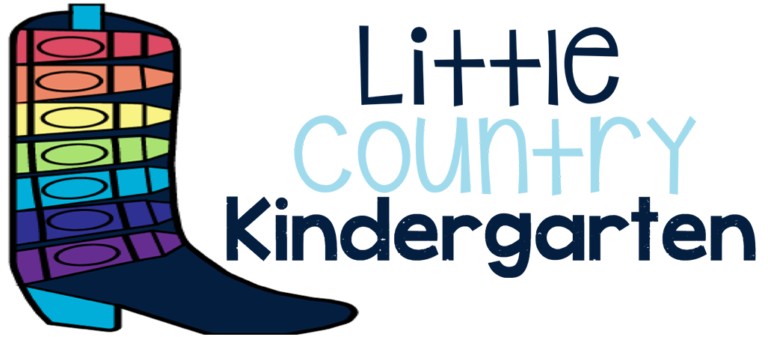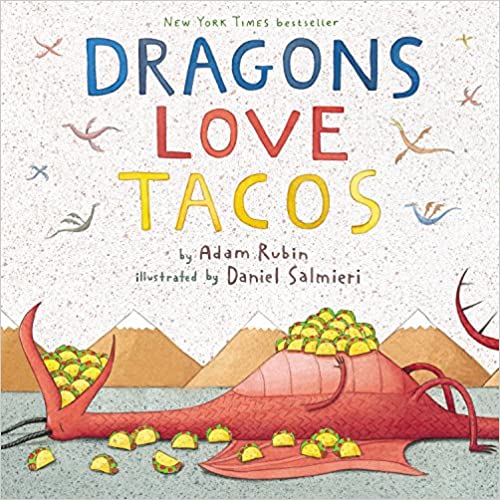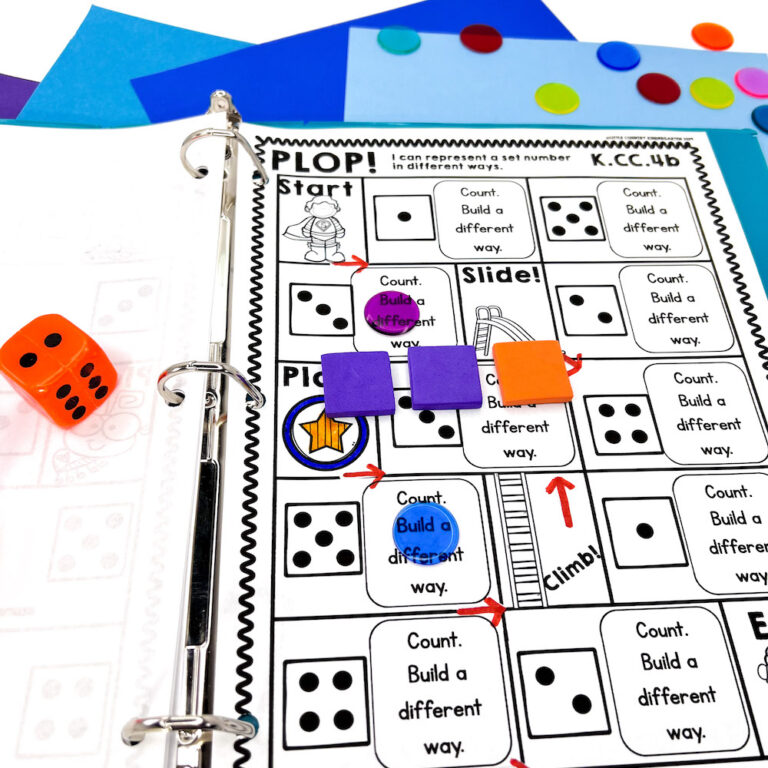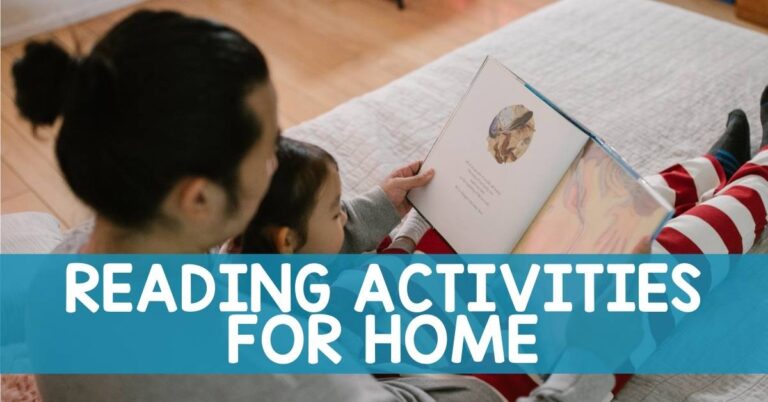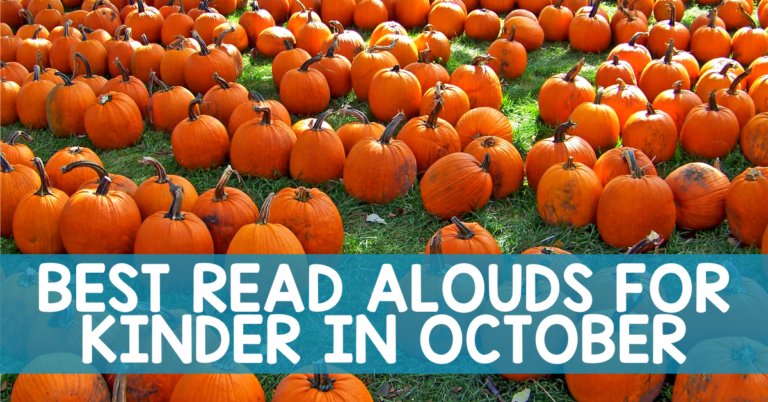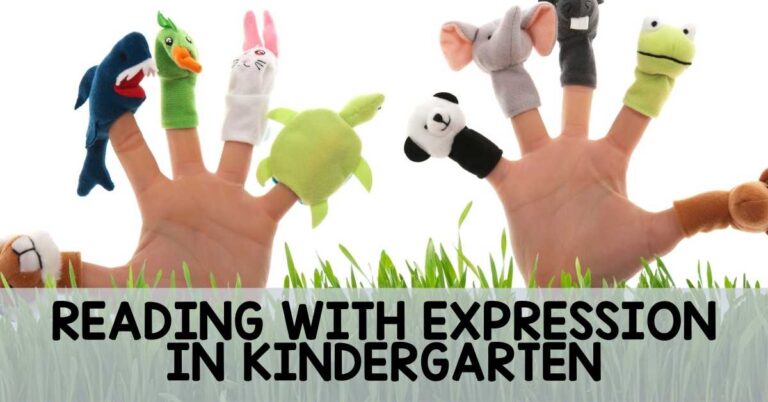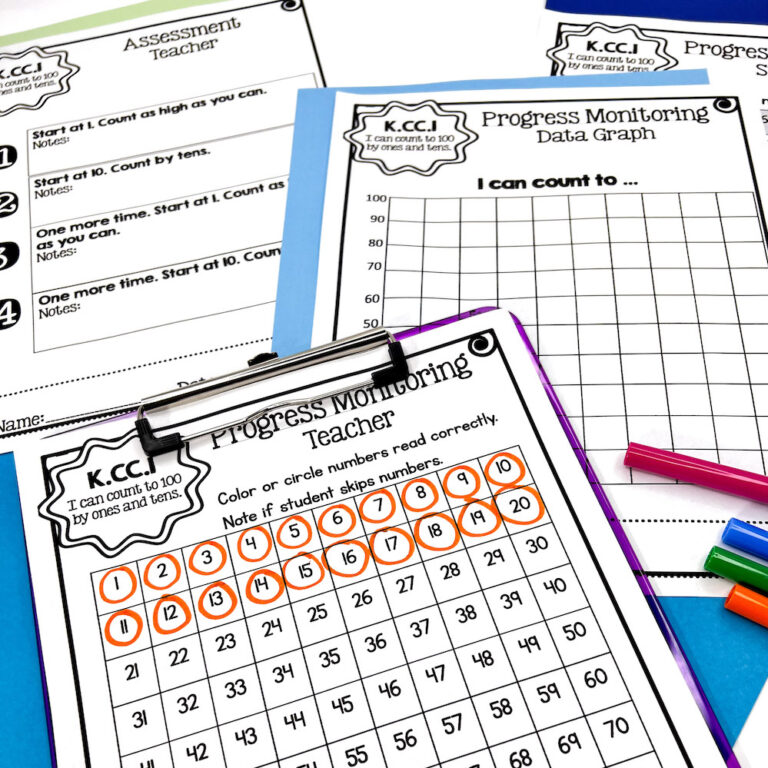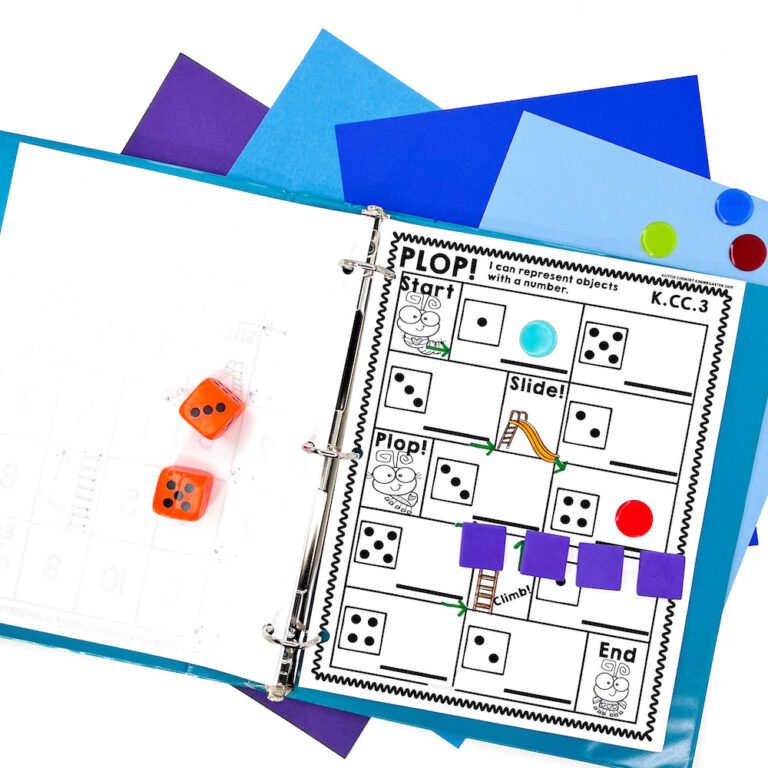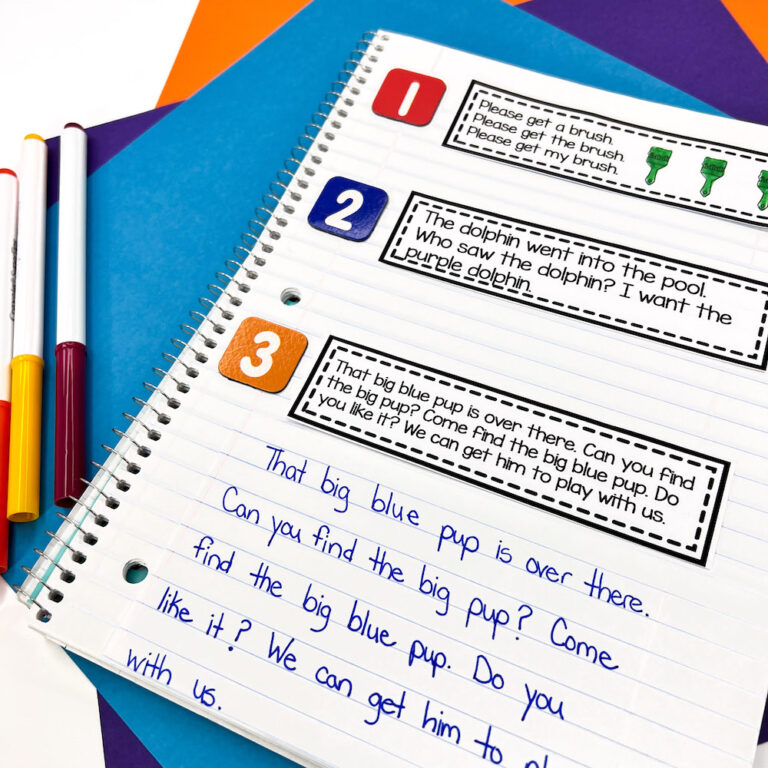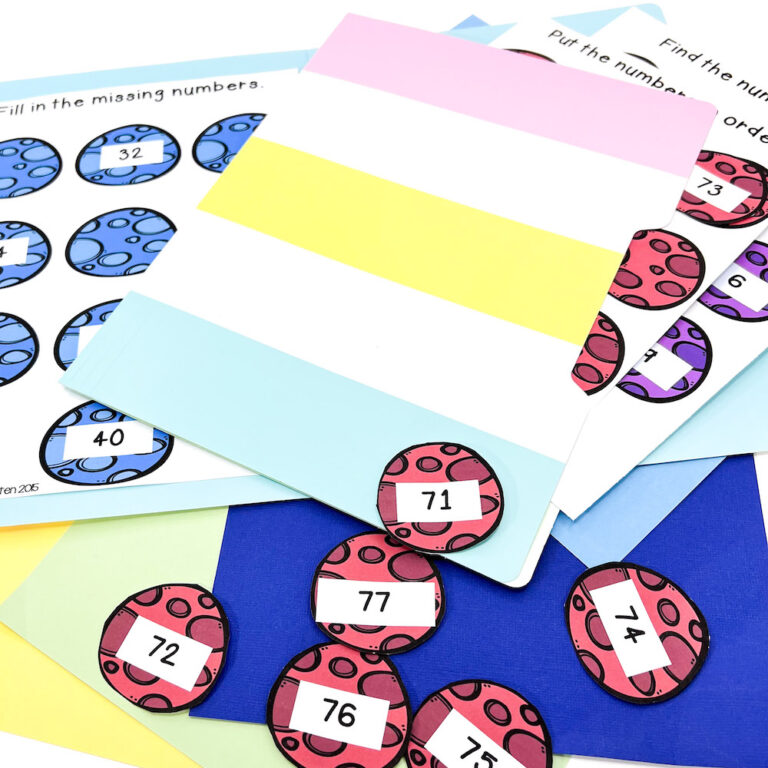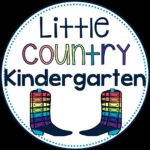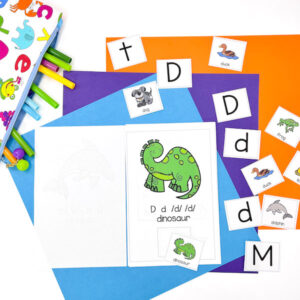Two of my favorite things about kindergarten are teaching reading and having a routine. Seeing them learn to read is the best! Having a routine is a great way to give them predictability and consistency and it makes me less stressed as well. Using effective guided reading kindergarten routines has always been my favorite way to teach.
Why is Reading Important?
It’s really more like “why is teaching reading correctly important?” I’m sure you’ve seen the huge shift away from traditional guided reading activities for kindergarten thanks to the big Science of Reading push. At first I was concerned. No, actually I was mad. Don’t take away my guided reading kindergarten groups! But I have tweaked my ways and I have been converted. My kindergarten students are decoding better and have way better reading skills than in years past!
How I Teach Guided Reading in Kindergarten
There are 4 teaching points I focus on during small group reading: fluency, phonics, vocabulary, and comprehension. Phonemic awareness is also a huge part, but that needs a whole post for itself!
Quick-Start to Guided Reading Kindergarten Routines that Work
Our county recently adopted a whole group reading program, but I like to pull small reading groups at the end of this block. Previously I used the more traditional grouping by reading level, or used homogenous groups such as students working above or below grade level. However, now I group in a way that helps me differentiate even better.
I might pull a group that is having difficulty with a specific phonics skill, or students that have difficulty answering certain types of comprehension questions. When I do lesson plans for my small groups I try to focus on specific reading strategies or skills that certain students need help with. Other times I pull a mixed group to expose everyone to a text and guide a discussion afterward.
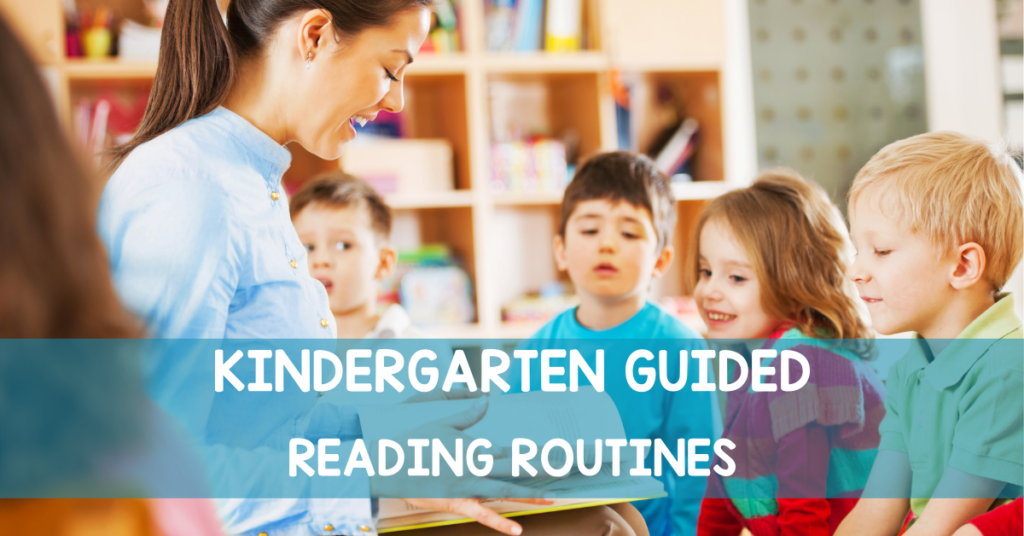
1. Fluency Warm-Up
Fluency helps us practice and review skills daily because we know what we don’t use, we lose! My students have fluency notebooks they know to get started on when it’s their turn at my reading table. This helps to not waste any time in case I need to assist others or work 1:1 with a student. The Science of Reading says students should have decodable texts including sight words and phonics rules they have mastered or are learning. Decodable fluency strips that build on the skills they have mastered fit perfectly into that way of thinking and are one of my favorite guided reading activities for kindergarten!
2. Phonics in Context: Pocket Chart Work
Phonics instruction that is explicit is so important. I love to use big pocket charts so students can refer to them during other times of the day. This is especially important since so much of my reading instruction is now whole group. I also love these magnetic ones for my white board and these self-standing ones for my small group tables.
Some activities I love to do for word work include alphabet and beginning sound sorts, building words, and creating mixed up sentences. This last part is one of my favorites because it focuses on sentence structure and sight words in context. Instead of memorizing sight words in isolation, students practice reading them in decodable simple sentences.
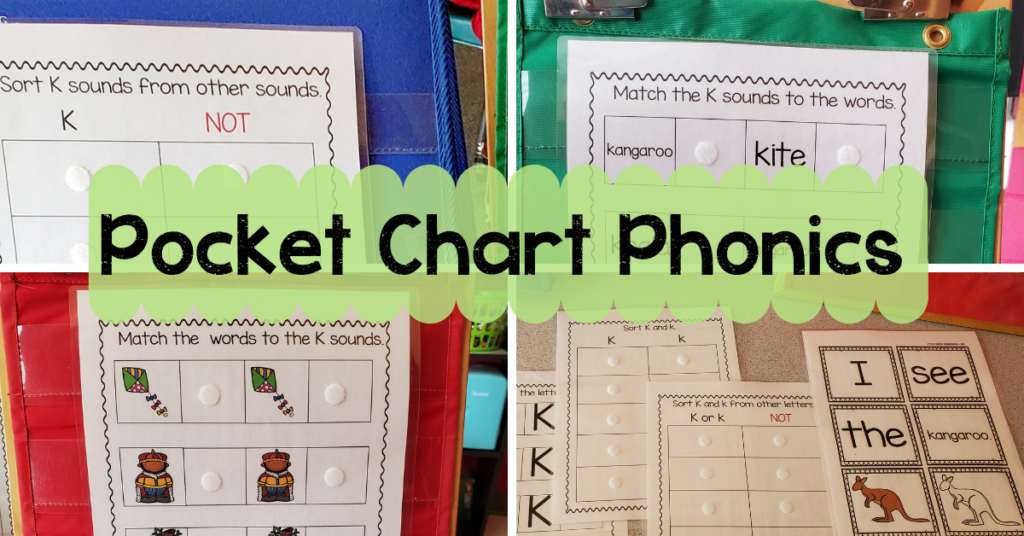
3. Adapted Books
Vocabulary words are important because not all students come in with the same background knowledge. We want to expose young learners to new words and little ones love big words! I love hearing my students incorporate our new vocabulary into their day. Sometimes I’ll hear them use new words when describing things or use inventive spelling to add them into their writing. It’s so exciting watching the previously unknown words become part of their conversations and even writing.
Adapted books are a fun way I focus on vocabulary during my guided reading kindergarten routine. My students love them and they are engaging with the moveable pieces. At the beginning of the year I love the ones that focus on specific letter and letter sounds. Then I start to incorporate ones that focus on sight words or phonics skills like cvc words. Throughout the year I also use adapted books with themed topics such as holidays or animals.
Depending on how much time we have, I have students use corresponding vocabulary cards to use the words in sentences. Other times they retell the story with file folders or complete comprehension assessments in the book or on paper. Decodable adapted books are an easy way I can incorporate higher level vocabulary into my kindergarten day.
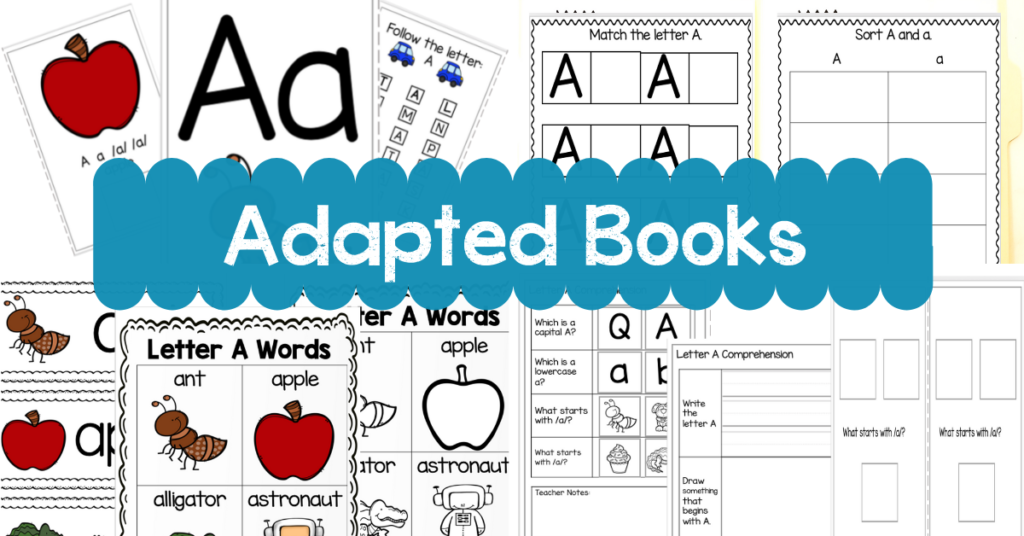
4. Book of the Week
Comprehension is easily taught through a focus book of the week. I like to pick a high interest text that I know we can really dive deeper into throughout the week. Reading books repeatedly helps students learn that books can be enjoyed more than once! During the week, students have discussions on various prompts and practice both listening, speaking, asking, and answering questions. They respond to some prompts in writing and answer questions of varying degrees of difficulty.
Students stay motivated to tackle more challenging prompts with the familiarity of the characters and concepts as the week passes. Although I do the bulk of this whole group during our reading time, I still like to pull small groups of students to my table. Some great guided reading activities for kindergarten to do here include scaffolding the discussions, monitoring the writing portion, and taking anecdotal notes! Even just seeing one group a day allows me to observe everyone in a week!
Guided Reading Kindergarten Common Misconceptions
- “I can’t do guided reading activities for kindergarten with the Science of Reading!” Actually you can….just not like you’ve done them before! Focus on decodable not leveled texts. Differentiate by changing tasks in small groups created by common difficulties instead of reading level.
- “Students need predictable texts and picture clues when learning to read!” They do make it seem like students are fantastic readers. How many students do you know can “read” a book because they have memorized it? Focus on decodable texts that use sight words and phonics rules students have been exposed to/and are learning. This helps them practice reading instead of relying on picture walk cues, guessing, and patterns.
Teaching Reading in Kindergarten Take Aways
I focus on fluency, phonics, vocabulary, and comprehension in my guided reading kindergarten groups. This lets me help students in a way that follows the Science of Reading instead of traditional guided reading methods. I love that I expose the whole class to concepts and then use assessment data to differentiate my small group instruction. Although it is a shift, I know my students are learning more and reading better than they have before. Take the plunge and revamp your old guided reading activities for kindergarten to help your early readers grow!
Continue Guided Reading Activities for Kindergarten at Home!
Do you want to motivate your students to continue reading at home? I do that with my monthly challenge sheets! Students color in a monthly themed picture every time they read a book or have someone read to them. Reading bags are a great place to stick one of these challenges and a guided reading book with decodable text to keep kindergarten readers organized and successful. Grab these challenges in a free download today and students can continue their guided reading kindergarten routine with their families!
